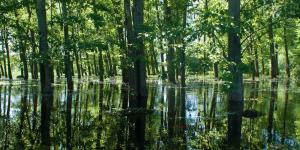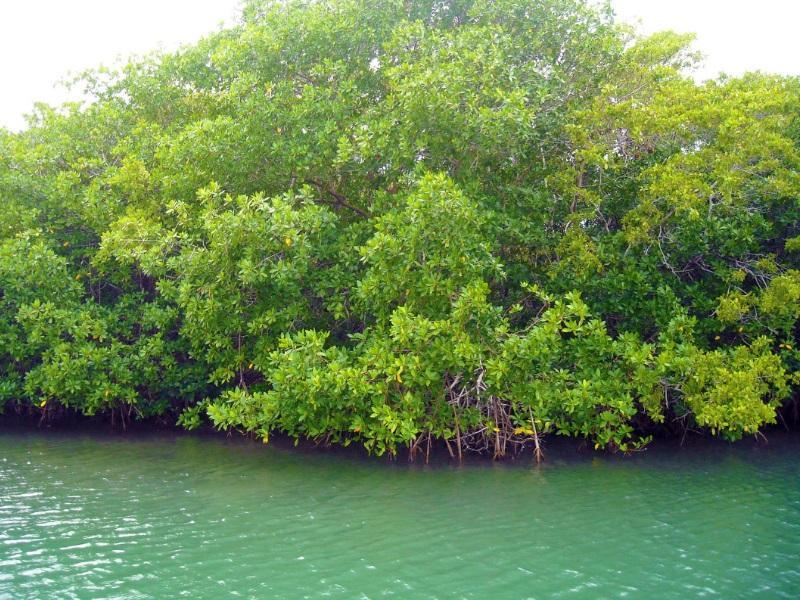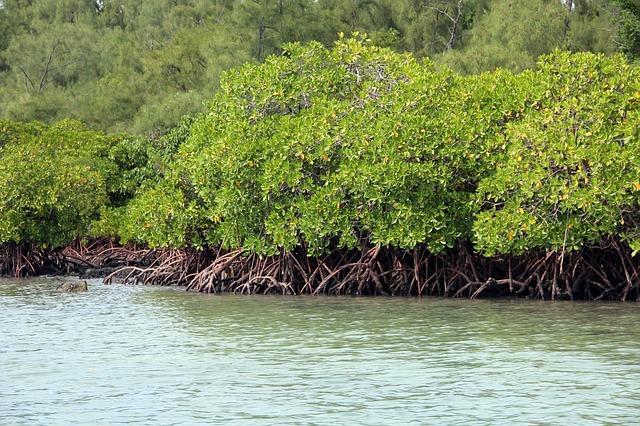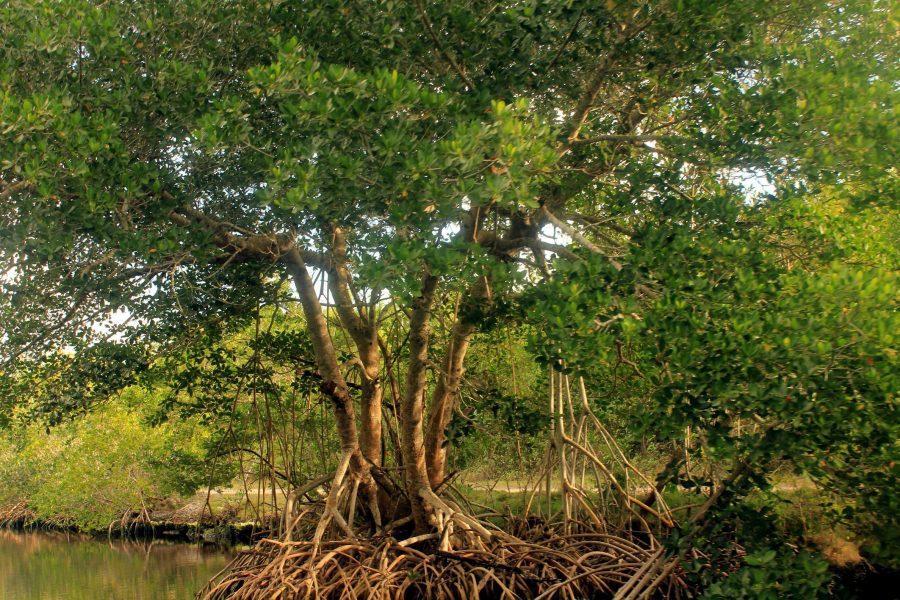What Are Mangroves and Why Are They Important?

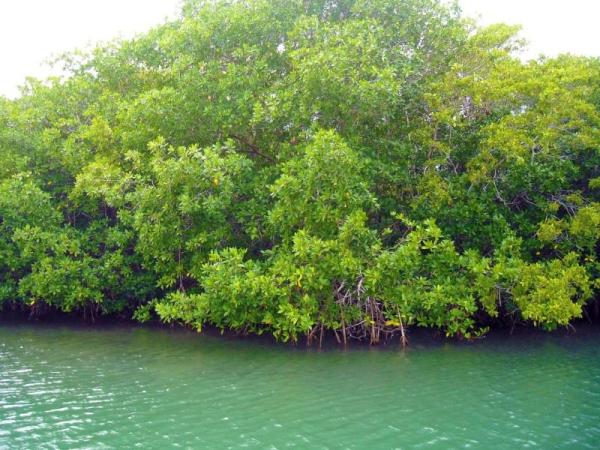
Nestled at the meeting point of land and sea, mangroves make up a complex and fascinating coastal ecosystems. These habitats are known for their rich biodiversity, exceptional adaptations and ecological importance. Mangroves have evolved special strategies to thrive in diverse habitats, including their remarkable roots that reach deep into brackish water. Unfortunately, the delicate balance of mangrove ecosystems can be disrupted by human activities, jeopardizing the countless species that rely on these sanctuaries for their survival.
In this article by thedailyECO, we will explain what mangroves are, their significance in coastal environments and the diverse array of life they support.
What are mangroves and their characteristics
Mangroves are coastal and humid ecosystems that thrive in tropical and subtropical regions, particularly in swampy and flooded areas where land meets the sea. Mangroves are distributed worldwide, primarily in tropical and subtropical regions. They can be found along sheltered coastlines, estuaries, and river mouths in countries across the Americas, Africa, Asia, and Oceania.
One of the most remarkable aspects of mangroves is their rich biodiversity, supported by the unique blend of terrestrial and maritime environments. This diversity provides a safe haven for various plant and animal species, including many endangered ones, making them crucial for conservation efforts.
Beyond their ecological significance, mangroves play a vital role in benefiting both humans and the planet. Their presence helps prevent soil erosion, ensuring the stability of coastlines and preventing sediment buildup on beaches. Additionally, they serve as a natural defense against storms and hurricanes, protecting coastal communities from potential damage.
Here are some key characteristics of mangroves:
- One of the defining features of mangroves is their ability to withstand high levels of salinity in the water. They have specialized mechanisms that allow them to filter out salt and excrete it through their leaves, enabling them to survive and grow in brackish water.
- Mangroves possess elaborate root systems that provide stability and support in soft, muddy substrates. Some species have stilt-like roots called prop roots that rise above the water level, aiding in gas exchange and providing structural support.
- The soil in mangrove habitats can be oxygen-poor due to waterlogged conditions. To cope with this, mangroves have developed pneumatophores, which are vertical root structures that protrude from the mud and enable the exchange of gases, allowing the roots to breathe.
- Mangroves play a vital role in nutrient cycling. They trap and accumulate organic matter and detritus, contributing to the food web and supporting various marine organisms.
- Mangroves have the ability to sequester and store significant amounts of carbon dioxide from the atmosphere, making them important assets in the fight against climate change.
Despite their ecological importance, mangroves face various threats, including deforestation for aquaculture, agriculture, and urban development. Conservation efforts are essential to protect these critical ecosystems and their valuable services to both the environment and human communities.
Mangroves play a crucial role as a characteristic component of estuarine ecosystems. Delve into the wonders of these unique habitats and learn more about their significance in this informative article.
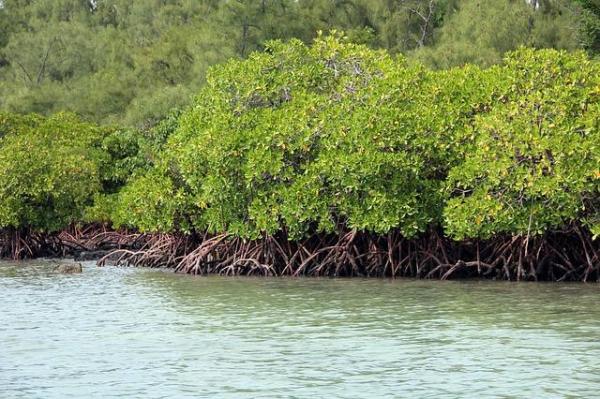
What is special about mangrove trees?
Mangroves comprise a diverse array of salt-tolerant plants, including various tree species. However, the most common tree species found in mangroves is the Red Mangrove (Rhizophora mangle). Red Mangroves are widely distributed across tropical and subtropical coastlines and are often the dominant species in many mangrove ecosystems.
In addition to Red Mangroves, other common tree species found in mangroves include the Black Mangrove (Avicennia germinans) and the White Mangrove (Laguncularia racemosa).
Mangrove trees are renowned for their resilience, flourishing in muddy, sandy, and peaty environments, as well as in highly brackish waters, sometimes reaching salinity levels up to 100 times saltier than regular seawater. These challenging and hot conditions would prove fatal for most plant species, but mangroves have evolved numerous adaptations that equip them to thrive in such extreme environments.
One of their key survival strategies is a sophisticated root system that ensures stability despite the ever-changing sediments they inhabit. Pneumatophores, a type of root structure, allow mangroves to access oxygen in waterlogged soils, where the availability of this vital element is limited.
Moreover, mangroves possess specialized cells and mechanisms that effectively filter out excess salt, further contributing to their ability to flourish in saline habitats. This adaptation enables them to maintain a healthy water balance and thrive in environments that would otherwise be inhospitable to other plants.
The fruits of mangrove tree, known as propagules, exhibit a lance-shaped design that plays a crucial role in their dispersal. These propagules can either land directly on suitable substrates or float for extended periods, eventually finding suitable ground to settle on. Their lance-like shape facilitates penetration into the substrate, anchoring themselves securely for germination and the establishment of new mangrove trees.
Discover more about different types of trees and their unique characteristics in this other article.
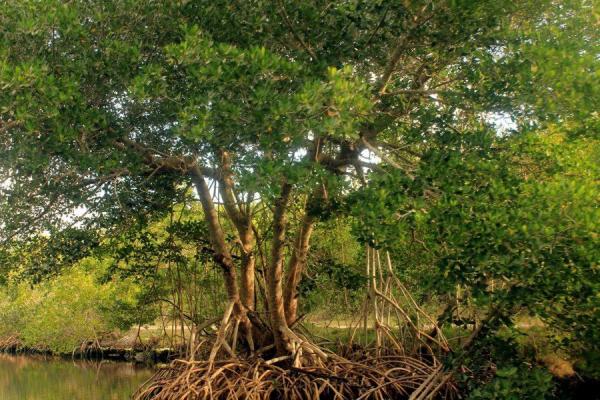
Animals in the mangrove ecosystem
Mangroves provide a distinct set of conditions, influenced by tides and other factors, that create a unique environment for various organisms. As a result, the fauna of mangroves is incredibly diverse, encompassing a wide range of animals:
- Crustaceans: including crabs and shrimp, which are well-adapted to the intertidal zone of mangroves.
- Fish: mangroves serve as important nursery grounds for various fish species, making them essential for the marine food web.
- Molluscs: oysters are among the mollusks found in mangrove ecosystems, playing a vital role in filtering water and providing habitat for other organisms.
- Birds: mangroves are a haven for numerous bird species, including herons, vultures, seagulls, hawks, and other waterfowl.
- Reptiles: mangroves provide habitat for reptiles such as crocodiles, cobras, lizards, and turtles.
- Amphibians: though not as abundant as other groups, some amphibians can be found in mangrove environments.
- Mammals: mangrove ecosystems are home to various mammal species, such as monkeys and, in certain regions, sea lions.
The intricate interplay of these diverse organisms makes the fauna of mangroves one of the most productive and complex in the intermediate zone between terrestrial and marine ecosystems.
Why are mangroves important?
Mangroves are of vital importance due to the various roles they play in the environment and their valuable contributions to both coastal communities and the planet as a whole. Here's a summary of the reasons why mangroves are crucial ecosystems:
- Mangroves are prolific producers of organic matter, including litter and detritus. This organic material serves as the basis of the food web in the ecosystem, supporting a wide variety of plant and animal species.
- Mangroves act as natural filters, trapping sediments and other pollutants in their root systems. They help purify the waters that flow towards the sea, maintaining water quality and protecting sensitive coastal habitats.
- Mangroves play a role in desalinating seawater, enabling the formation of reservoirs of freshwater in the interior areas. These reservoirs are essential for providing water resources to nearby communities and supporting local biodiversity.
- The dense root systems of mangroves act as a natural barrier, protecting coastal areas from erosion caused by water and wind. They also help retain sand on beaches, contributing to the stability and preservation of these valuable ecosystems.
- Mangroves are significant carbon sinks, absorbing and storing large amounts of greenhouse gases, including carbon dioxide. Their capacity to sequester carbon makes them crucial in mitigating the effects of climate change.
- Mangroves play a role in stabilizing local climates by providing shade and reducing temperature fluctuations. This cooling effect can be beneficial for nearby communities and wildlife, especially in tropical regions.
As you can see, mangroves are multifaceted ecosystems that offer a range of essential services to the environment and society. Their significance extends beyond their immediate coastal areas, making them vital components in the global effort to conserve biodiversity, combat climate change, and ensure the well-being of both nature and human communities.
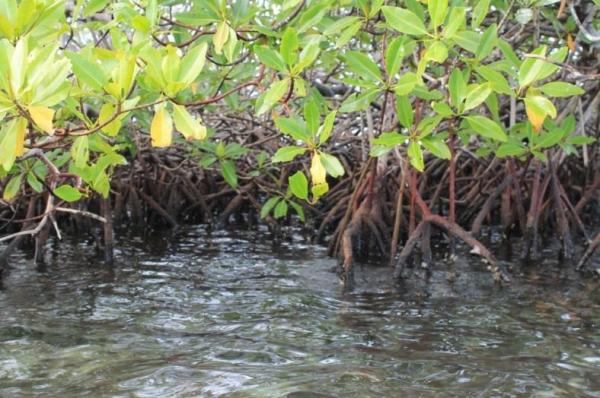
What are the environmental issues with mangroves?
As mentioned before, mangroves are crucial ecosystems that face significant threats worldwide. The main environmental problems affecting mangroves include:
- Pollution: industrial, agricultural, and urban pollution can introduce harmful chemicals, nutrients, and waste into mangrove habitats.
- Habitat encroachment: human activities, such as urban development, agriculture, and aquaculture, often encroach upon mangrove territories.
- Mass tourism: uncontrolled tourism in coastal areas can lead to habitat destruction and disturbance of mangrove ecosystems.
- Global warming: rising sea levels and increased temperatures associated with global warming pose a significant threat to mangroves.
- Overexploitation of resources: overfishing, logging, and excessive harvesting of mangrove resources can deplete populations of fish, shellfish, and timber, leading to ecological imbalances and the degradation of mangrove ecosystems.
To counter these threats and protect mangroves, many countries have implemented laws and regulations to safeguard these important ecosystems. Additionally, the International Day for the Defense of Mangroves is observed on July 26 to raise awareness about the importance of these ecosystems and the need to conserve and protect them.
Take a look at this article, where we have listed other equally influential ecosystems.
If you want to read similar articles to What Are Mangroves and Why Are They Important?, we recommend you visit our Ecosystems category.


